Principles of Compilers: A New Approach to Compilers Including the Algebraic MethodYunlin Su, Song Y. Yan "Principles of Compilers: A New Approach to Compilers Including the Algebraic Method" introduces the ideas of the compilation from the natural intelligence of human beings by comparing similarities and differences between the compilations of natural languages and programming languages. The notation is created to list the source language, target languages, and compiler language, vividly illustrating the multilevel procedure of the compilation in the process. The book thoroughly explains the LL(1) and LR(1) parsing methods to help readers to understand the how and why. It not only covers established methods used in the development of compilers, but also introduces an increasingly important alternative — the algebraic formal method. This book is intended for undergraduates, graduates and researchers in computer science.
Professor Yunlin Su is Head of the Research Center of Information Technology, Universitas Ma Chung, Indonesia and Department of Computer Science, Jinan University, Guangzhou, China. Dr. Song Y. Yan is a Professor of Computer Science and Mathematics at the Institute for Research in Applicable Computing, University of Bedfordshire, UK and Visiting Professor at the Massachusetts Institute of Technology and Harvard University, USA. Fire in the Valley: The Birth and Death of the Personal ComputerMichael Swaine, Paul Freiberger In the 1970s, while their contemporaries were protesting the computer as a tool of dehumanization and oppression, a motley collection of college dropouts, hippies, and electronics fanatics were engaged in something much more subversive. Obsessed with the idea of getting computer power into their own hands, they launched from their garages a hobbyist movement that grew into an industry, and ultimately a social and technological revolution. What they did was invent the personal computer: not just a new device, but a watershed in the relationship between man and machine. This is their story.
Fire in the Valley is the definitive history of the personal computer, drawn from interviews with the people who made it happen, written by two veteran computer writers who were there from the start. Working at InfoWorld in the early 1980s, Swaine and Freiberger daily rubbed elbows with people like Steve Jobs and Bill Gates when they were creating the personal computer revolution.
A rich story of colorful individuals, Fire in the Valley profiles these unlikely revolutionaries and entrepreneurs, such as Ed Roberts of MITS, Lee Felsenstein at Processor Technology, and Jack Tramiel of Commodore, as well as Jobs and Gates in all the innocence of their formative years.
This completely revised and expanded third edition brings the story to its completion, chronicling the end of the personal computer revolution and the beginning of the post-PC era. It covers the departure from the stage of major players with the deaths of Steve Jobs and Douglas Engelbart and the retirements of Bill Gates and Steve Ballmer; the shift away from the PC to the cloud and portable devices; and what the end of the PC era means for issues such as personal freedom and power, and open source vs. proprietary software. Beginning Node.jsBasarat Ali Syed Beginning Node.js is your step-by-step guide to learning all the aspects of creating maintainable Node.js applications. You will see how Node.js is focused on creating high-performing, highly-scalable websites, and how easy it is to get started. Many front-end devs regularly work with HTML, CSS, PHP, even WordPress, but haven't yet got started with Node.js. This book explains everything for you from a beginner level, enabling you to start using Node.js in your projects right away.
Using this book you will learn important Node.js concepts for server-side programming. You will begin with an easy-to-follow pure JavaScript primer, which you can skip if you're confident of your JS skills. You'll then delve into Node.js concepts such as streams and events, and the technology involved in building full-stack Node.js applications. You'll also learn how to test your Node.js code, and deploy your Node.js applications on the internet.
Node.js is a great and simple platform to work with. It is lightweight, easy to deploy and manage. You will see how using Node.js can be a fun and rewarding experience - start today with Beginning Node.js.
What youll learn • Learn how JavaScript can help you be highly productive as a full-stack developer
• How to set up an end to end Node.js development environment
• Learn how to create reusable and maintainable Node.js modules
• Patterns for sharing code between the server and the client
• Create Node.js restful web services and websites
• Store and retrieve your data using Document Databases
• How to test your Node.js applications
• How to deploy your applications on the internet Who this book is for
Beginning Node.js is great for front-end developers looking to use Node.js in their websites. If you understand the basics of programming this book will teach you how you can leverage JavaScript to create full stack web-apps using Node.js. Node.js allows you to write code that runs both on the client and server. This allows you to reuse more code and deliver applications faster. From this book you will learn how to write maintainable server-side JavaScript using Node.js, how to test your code and deploy it on the internet. Table of Contents
Chapter 1: Setting up for Node.js Development
Chapter 2: Understanding Node.js
Chapter 3: Core Node.js
Chapter 4: Node.js Packages
Chapter 5: Events and Streams
Chapter 6: Getting Started with HTTP
Chapter 7: Introducing Express
Chapter 8: Persisting Data
Chapter 9: Front-End Basics
Chapter 10: Simplifying Callbacks
Chapter 11: Debugging
Chapter 12: Testing
Chapter 13: Deployment and Scalability | PostScriptInc. Adobe Systems Presents a complete and authoritative reference manual for the PostScript language. Explains the fundamentals of the PostScript language, graphics, fonts, device control, and rendering. Softcover. DLC: PostScript (Computer program language). Seven Languages in Seven Weeks: A Pragmatic Guide to Learning Programming LanguagesBruce A. Tate Ruby, Io, Prolog, Scala, Erlang, Clojure, Haskell. With Seven Languages in Seven Weeks, by Bruce A. Tate, you'll go beyond the syntax-and beyond the 20-minute tutorial you'll find someplace online. This book has an audacious goal: to present a meaningful exploration of seven languages within a single book. Rather than serve as a complete reference or installation guide, Seven Languages hits what's essential and unique about each language. Moreover, this approach will help teach you how to grok new languages.
For each language, you'll solve a nontrivial problem, using techniques that show off the language's most important features. As the book proceeds, you'll discover the strengths and weaknesses of the languages, while dissecting the process of learning languages quickly—for example, finding the typing and programming models, decision structures, and how you interact with them.
Among this group of seven, you'll explore the most critical programming models of our time. Learn the dynamic typing that makes Ruby, Python, and Perl so flexible and compelling. Understand the underlying prototype system that's at the heart of JavaScript. See how pattern matching in Prolog shaped the development of Scala and Erlang. Discover how pure functional programming in Haskell is different from the Lisp family of languages, including Clojure.
Explore the concurrency techniques that are quickly becoming the backbone of a new generation of Internet applications. Find out how to use Erlang's let-it-crash philosophy for building fault-tolerant systems. Understand the actor model that drives concurrency design in Io and Scala. Learn how Clojure uses versioning to solve some of the most difficult concurrency problems.
It's all here, all in one place. Use the concepts from one language to find creative solutions in another-or discover a language that may become one of your favorites. Data Visualization with d3.jsSwizec Teller Inject new life into your data with this mini-guide that takes you through all the essentials of data visualization using d3.js. With a basic knowledge of JavaScript and this tutorial, you're all set to create great visualizations.
OverviewBuild blocks of web visualizationsLearn visualization with detailed walkthroughsLearn to use data more effectivelyAnimate with d3.jsDesign good visualizations
In Detail
d3.js. provides a platform that help you create your own beautiful visualization and bring data to life using HTML, SVG and CSS. It emphasis on web standards that will fully utilize the capabilities of your web browser.
Data Visualization with d3.js walks you through 20 examples in great detail. You can finally stop struggling to piece together examples you've found online. With this book in hand, you will learn enough of the core concepts to conceive of and build your own visualizations from scratch.
The book begins with the basics of putting lines on the screen, and builds on this foundation all the way to creating interactive animated visualizations using d3.js layouts.
You will learn how to use d3.js to manipulate vector graphics with SVG, layout with HTML, and styling with CSS. You'll take a look at the basics of functional programming and using data structures effectively – everything from handling time to doing geographic projections. The book will also help make your visualizations interactive and teach you how automated layouts really work.
Data Visualization with d3.js will unveil the mystery behind all those beautiful examples you've been admiring.
What you will learn from this bookDraw with SVG shapes and path generatorsAdd styles with HTML and CSSUse data structures effectivelyDynamically update visualizations as data changesAnimate visualizationsLet the user explore your dataUse layouts to create complex drawingsLearn to identify what makes a good visualization good
Approach
This book is a mini tutorial with plenty of code examples and strategies to give you many options when building your own visualizations.
Who this book is written for
This book is ideal for anyone interested in data visualization. Some rudimentary knowledge of JavaScript is required. Machine Learning: A Bayesian and Optimization PerspectiveSergios Theodoridis This tutorial text gives a unifying perspective on machine learning by covering both probabilistic and deterministic approaches -which are based on optimization techniques - together with the Bayesian inference approach, whose essence lies in the use of a hierarchy of probabilistic models. The book presents the major machine learning methods as they have been developed in different disciplines, such as statistics, statistical and adaptive signal processing and computer science. Focusing on the physical reasoning behind the mathematics, all the various methods and techniques are explained in depth, supported by examples and problems, giving an invaluable resource to the student and researcher for understanding and applying machine learning concepts.
The book builds carefully from the basic classical methods to the most recent trends, with chapters written to be as self-contained as possible, making the text suitable for different courses: pattern recognition, statistical/adaptive signal processing, statistical/Bayesian learning, as well as short courses on sparse modeling, deep learning, and probabilistic graphical models. All major classical techniques: Mean/Least-Squares regression and filtering, Kalman filtering, stochastic approximation and online learning, Bayesian classification, decision trees, logistic regression and boosting methods.The latest trends: Sparsity, convex analysis and optimization, online distributed algorithms, learning in RKH spaces, Bayesian inference, graphical and hidden Markov models, particle filtering, deep learning, dictionary learning and latent variables modeling.Case studies - protein folding prediction, optical character recognition, text authorship identification, fMRI data analysis, change point detection, hyperspectral image unmixing, target localization, channel equalization and echo cancellation, show how the theory can be applied.MATLAB code for all the main algorithms are available on an accompanying website, enabling the reader to experiment with the code. Professional PHP4 ProgrammingDeepak Thomas, Wankyu Choi, John Coggeshall, Ken Egervari, Martin Geisler, Zak Greant, Andrew Hill, Chris Hubbard, James Moore, Devon O'Dell, Jon Parise, Harish Rawat, Tarique Sani, Christopher Scollo, et al PHP is an open source, server-side HTML-embedded web-scripting language for creating dynamic web pages. Outside of being browser-independent, it offers a simple and universal cross-platform solution for e-commerce, complex web, and database-driven applications.
Professional PHP4 will show you exactly how to create state of the art web applications that scale well, utilize databases optimally, and connect to a back-end network using a multi-tiered approach. This book also aims at teaching PHP by coding - among other things - FTP clients, e-mail clients, some advanced data structures, session management, and secure programming.
What does this book cover?
The whys and wherefores of PHP4
PHP installation on *nix, Windows, and MacOS X
Sessions and cookies, coding FTP clients, network-related function calls, and directory services
PHP support for LDAP
Multi-tiered development using PHP
PHP's interaction with XML
PHP with MySQL
PHP with PostgreSQL and ODBC
Securing, optimizing, and internationalizing PHP applications
PHP extension libraries
A real world employee directory, an online library application, and a GTK interface to the application
Case studies on a user privilege system and a multi-tiered WML-based shopping cart Canon Speedlite System Digital Field GuideJ. Dennis Thomas Photography is all about light. Canon Speedlites give you the next best thing tocumbersome studio lighting - wireless flash units that you can actually pack in your camera bag and take along. Tuck this full-color book in there, too. It will help you maximize the effectiveness of your Speedlites and help you create professional lighting effects in more than a dozen unique settings. With this Digital Field Guide you'll: Learn all your Speedlite's settings and how to use E-TTL metering. Experiment with bounce flash, fill flash, and using multiple flash units. Set up a portable wireless studio with backgrounds, umbrellas, and soft boxes. Use Speedlites to light professional-quality shots ranging from studio portraits to concerts to product photography. Explore exposure, lens choices, and lighting for outdoor portraits, still lifes, and much more. J. Dennis Thomas has been an avid photographer since his teens, eventually earning a degree in Photographic Technology. Denny currently owns Dead Sailor Productions, a photography and graphic design business. He has worked with companies including RedBull Energy Drink, Obsolete Industries, Secret Hideout Studios, and Digital Race Photography. Denny's work has been published in several regional publications and continues to be shown in various galleries throughout the country. |
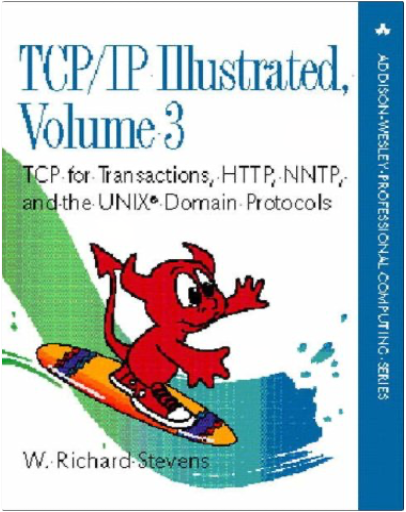
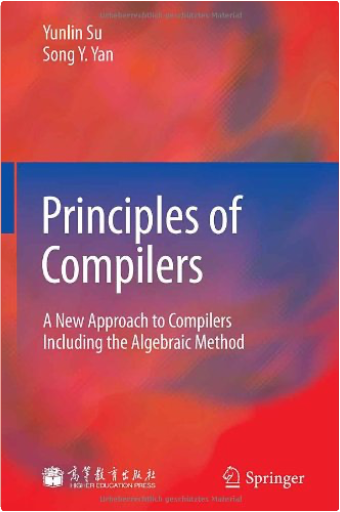
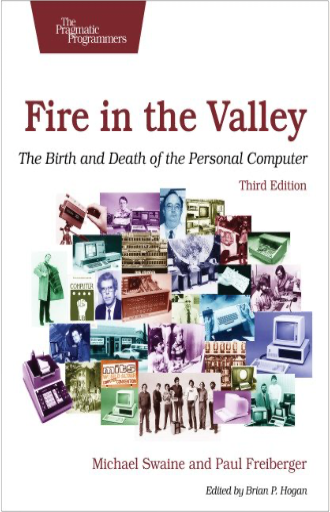
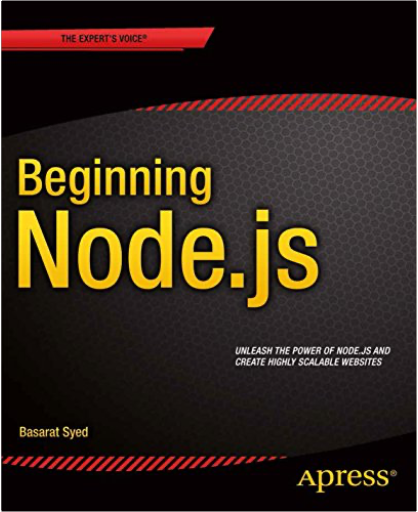
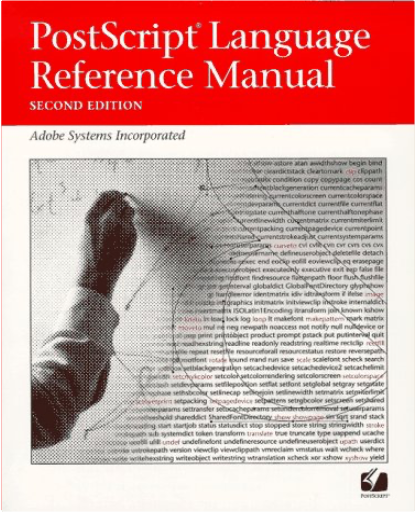
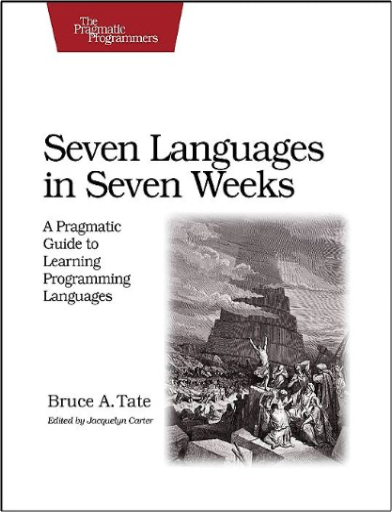
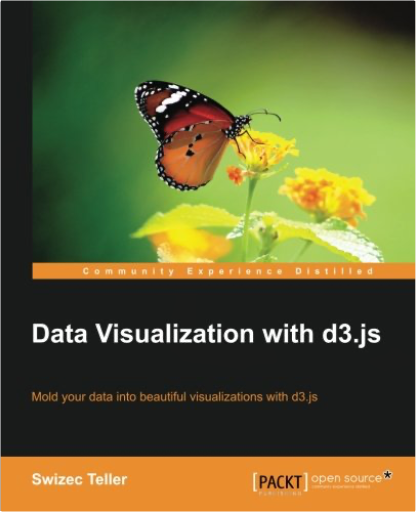
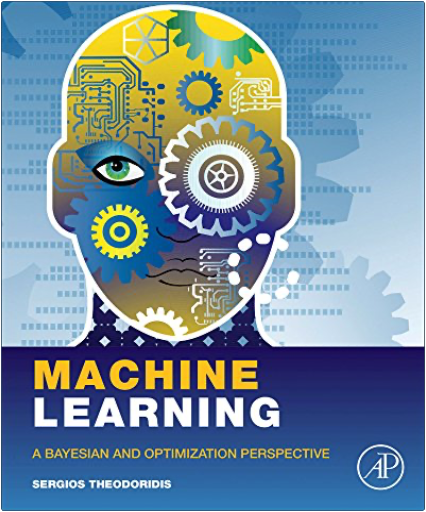
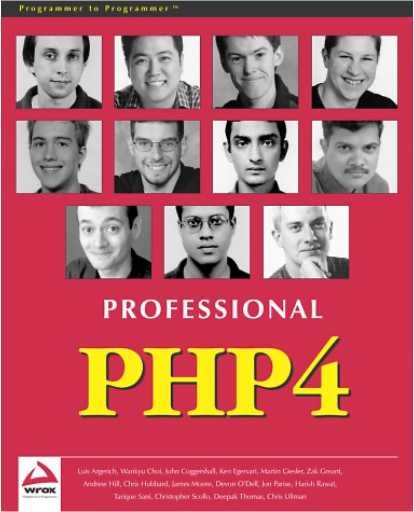
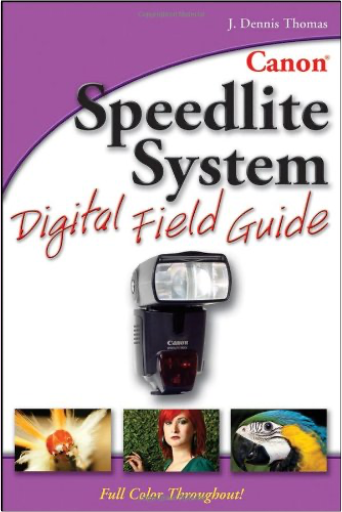


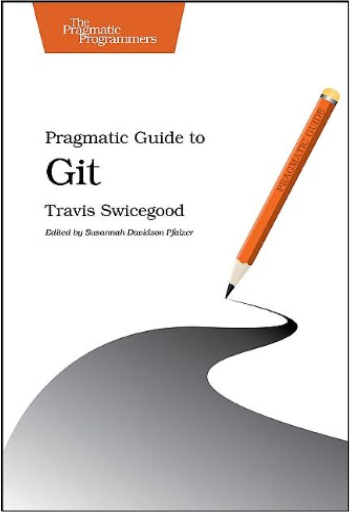
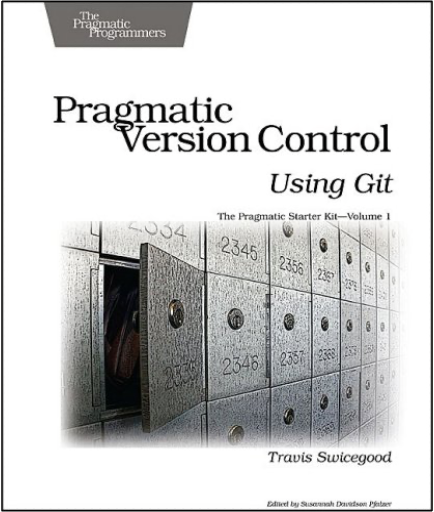
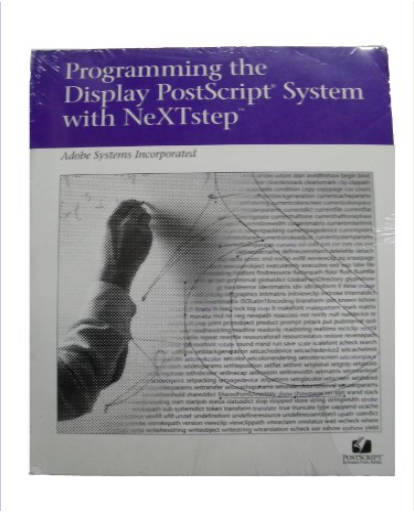
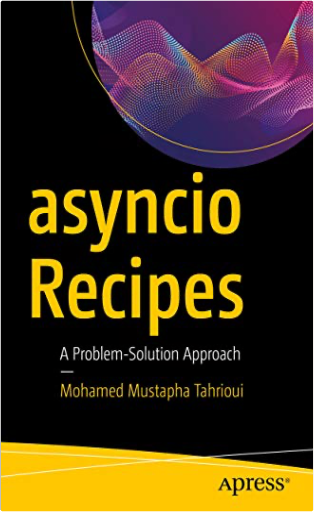
 Made with Delicious Library
Made with Delicious Library